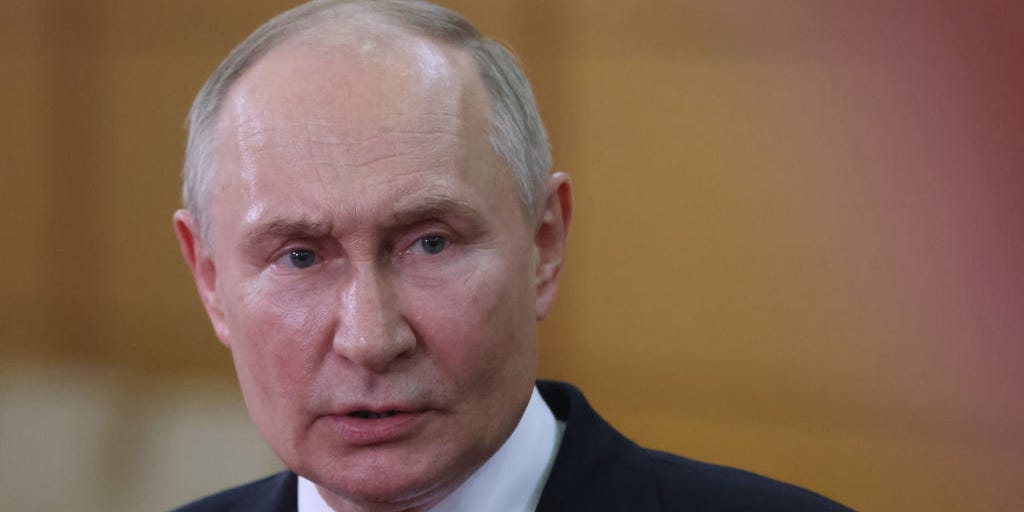Russian President Vladimir Putin wants to impose his own trade restrictions to retaliate against the West’s sanctions.
But there’s one issue: He still needs to fund the war in Ukraine and profits from oil exports are likely under pressure.
On Wednesday, Putin told his government to consider the export of strategic commodities, such as uranium, nickel, and titanium, according to state news agency TASS.
“They are restricting supplies of a number of goods to us. Well, maybe we should also impose certain restrictions?” Putin said.
However, any such limits should only be imposed if they do not “harm us,” said Putin, adding that he wasn’t saying he was expecting action “tomorrow.”
Russia is a commodities giant and a top exporter of the three metals Putin highlighted, so any disruption to supply could have serious global fallout.
Among other uses, uranium is used for nuclear energy generation, nickel is used in batteries, and titanium is used in aerospace manufacturing.
The US has already banned some Russian metal imports, including uranium.
Markets took note: Three-month nickel on the London Metal Exchange closed 2.5% higher on Wednesday, following Putin’s comments. Shares in uranium miners also jumped.
Russia imposed temporary export bans for over 200 products in March 2022, which it said was to “maintain stability” in its own market. It also introduced a temporary ban on gasoline exports from March this year to meet rising local demand.
Russia’s oil profits are likely under pressure
In addition to metals, commodities are a huge contributor to Russia’s bottom line.
The oil and gas industry accounts for 30% to 50% of federal budget revenue, the Oxford Institute for Energy Studies estimated.
Europe is weaning itself off of Russian fossil fuels. While Russia has managed to pivot to alternative markets, the commodities are often sold at huge discounts due to sanctions, according to an S&P Global report last month.
At the same time, Russia’s breakeven oil price has increased since the war started, according to S&P Global, which attributed the rise to conflict-related costs.
This year, Russia’s breakeven oil price is $94 a barrel — up from $62 a barrel in 2021, per S&P Global. This suggests profits are under pressure, especially since the G7 has imposed a $60 a barrel price cap on Russian seaborne oil.
To be sure, Europe hasn’t been able to sanction many other Russian commodities outside the oil and gas sector so far because there are concerns about global food security if grains, oil seeds, and fertilizer exports are restricted.
Finland and parts of Eastern Europe also need Russian uranium because they use Russian-made nuclear energy reactors.
While Europe faces challenges in reducing its reliance on Russian commodities, Russia has its own export problems, too. Commodities are important for its war chest and there’s only so much oil it can pump, as the country is part of the OPEC+ oil alliance.
“Russia has managed to sustain its oil production and exports despite Western sanctions and OPEC+ cuts, although it has faced challenges with its oil cash flows,” wrote Svetlana Tretyakova, a senior analyst at Rystad Energy, in late August.
Russia exported 3.36 million barrels per day of seaborne crude oil in August, per S&P Global.
However, ongoing compliance issues with OPEC+ production targets and low crude stocks pose risks to sustaining this level, wrote Tretyakova.
Read the full article here
















